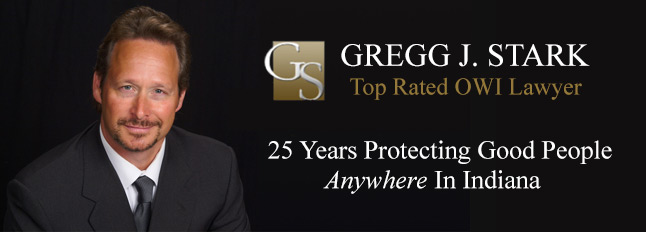Far too many lawyers are reluctant to expend the time or energy probing how existing laws can be challenged to defeat pending cases.
However, the successful representation of clients is based upon these very details that can be unearthed from a pre trial discovery investigation. Although many pre trial dismissals are secured by more “exciting” means such as breaking down witness testimony or the actual discovery of a key piece of evidence, it is often the painstaking effort to find a defect in the way a law is worded that can carry the day on behalf of an appreciable client.
Within the context of the defense of dui prosecutions, a critical understanding of traffic codes and a willingness to challenge their application can become a key component to a winning legal defense. Even though such challenges may not always be available, I believe that it is the lawyer’s willingness to challenge the application of law on behalf of a client that ultimately determines the best lawyers from the legal pretenders.
One case recently decided by the Indiana Court of Appeals this year speaks to such imaginative efforts; a legal motion that some lawyers may scoff at, while winning lawyers are more prone to appreciate.
The facts at issue are extremely significant to dui defense cases, for it is the proper application of traffic laws that almost always serve as probable cause for later arrest.
The case involved an individual who challenged his traffic conviction based upon the practical definition to be placed upon the term, “crossing the center line.”
In question for the appellate court in Pridemore V. State, was whether probable cause existed for a police officer to stop a vehicle for the traffic violation of driving left of center where all parties in the case agree that the Defendant’s tires never, in fact, “crossed” the center line.
Despite the above referenced agreed to facts, the court was to rule that the police officers had reasonable suspicion needed to lawfully stop the vehicle for crossing the center line between opposite lanes of travel.
The court stated that the Defendant had not presented authority for the legal assertion that the driving left of center statute only applies when and if the motorist drives within the opposite lane of travel. Yet, in my opinion the court offered what amounts to their own interpretation of state law in it’s decision as this was a case of what is called “first impression” or without legal precedent.
Citing that the legal statute clearly states that “a vehicle shall be driven upon the right half of the roadway,” it not so clearly concluded that despite never crossing the center line median, the mere touching of the center yellow line within the roadway was legally sufficient to satisfy a traffic violation for driving left of center.
Now, unless later overturned, this decision can today be put forth as legal authority for the proposition in Indiana that a motorist is not operating on the legal side of the roadway if tires are in any way to touch the median and/or center lines of a roadway, despite at no point actually operating in the opposite lane of travel.
Sound boring or trivial? It is hardly insignificant or boring when a lawyer can convey to a client that their case has been dismissed based upon a creative legal argument not before put forward. I would therefore submit that the results of such often tedious yet successful work is in no way boring but exciting when considering the favorable impact such efforts can have on a client’s behalf.
These efforts are especially gratifying when used to stifle far more serious criminal violations that would have never been prosecuted had it not been for a mere traffic infraction successfully challenged.
It is my firm opinion that the legal challenge put forward in Pridemore V. State clearly served as a reasonable basis for appeal. In fact, it is my assessment that had a different court of appeal examined the same set of circumstances a different decision could have reasonably been handed down.
Unfortunately, the practical implications of such a ruling often supersede the merits of the actual case being decided. In other words, some would suggest that in many of these fact sensitive cases, the risk of courts in Indiana being bombarded with appeals seeking to dismiss similarly situated criminal traffic citations due to this renewed interpretation of crossing the center line outweighed the ability to find in this specific appellant’s behalf.
Challenging the proper legal application for a traffic infraction such as crossing the center line can never be spoken of as a trivial issue. It is precisely the successful challenge to how traffic violations are actually implemented that must be used as the most valuable of legal weapons in challenging the most seriously charged crimes. Criminal offenses not often otherwise available without a proper understanding of the lawful application of traffic offenses in Indiana and whatever other state law is to be interpreted.







